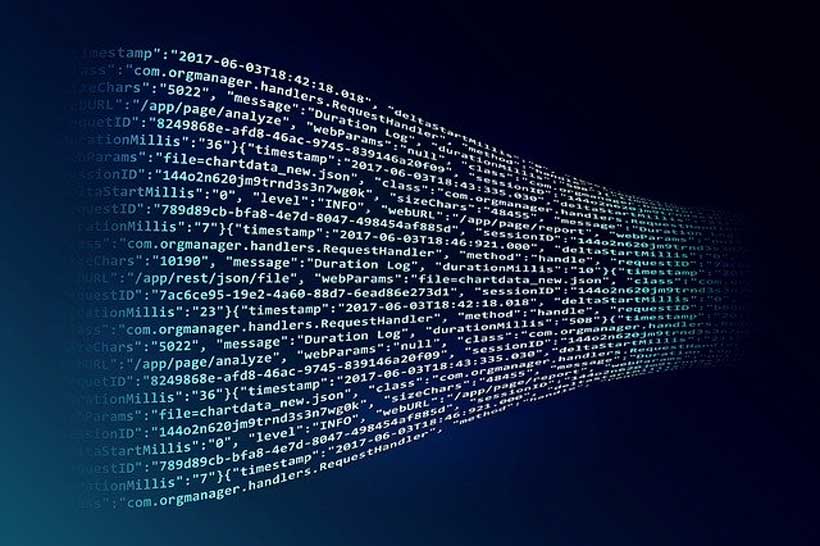In an increasingly connected world, conflict does not always manifest itself through the sound of gunfire. Instead, the most destructive threats now operate silently: data is stolen, public opinion is manipulated, and national economies are undermined without a single shot being fired. I believe that non-kinetic warfare has become the most dangerous form of conflict in this century because it attacks the most vulnerable aspects of society: trust, information, and social stability.
This issue is important to discuss because many governments still consider security threats to be limited to the military. This article will show how information warfare, economic sanctions, and weak global regulations prove that “bullet-less” conflicts have a much broader destructive power.
Information warfare has become the most frequently used non-kinetic weapon by both states and non-state actors to influence political dynamics. Disinformation and digital propaganda can destabilize a nation in a matter of hours. Manipulating public opinion is no longer a wartime practice but has become a daily political strategy.
When people no longer trust institutions, the media, or even their own neighbors, the state does not need to be shot down to be destroyed because chaos will develop from within. This is what makes information warfare much more difficult to control than conventional conflict, because the enemy is not an armed force, but public perception that is constantly being manipulated.
In addition to information warfare, economic pressure has become an instrument of non-kinetic conflict with tangible and widespread effects. Economic sanctions, trade restrictions, and manipulation of global supply chains are used as tools to weaken certain countries without military intervention. Many governments refer to these measures as “peaceful actions,” even though their effects can be equivalent to physical blockades: energy shortages, rapidly rising food prices, and the collapse of industrial sectors. Such economic conflicts not only threaten the target country, but also create regional instability as other countries are affected by market fluctuations and global uncertainty.
The biggest problem with non-kinetic warfare is the inability of global systems to anticipate it. Many international institutions still use the old security logic, whereby war is considered to have occurred when there are weapons, physical casualties, and verifiable military aggression. In fact, non-kinetic conflicts operate in a space that is difficult to prove legally. Cyber-attacks can be carried out without leaving clear traces, disinformation can be disguised as ordinary opinion, and economic pressure can be packaged as “legitimate” diplomatic policy. As a result, perpetrators of non-kinetic warfare almost always operate in a gray zone without real consequences.
The greatest weakness of the international system is evident in the issue of attribution. Unlike conventional warfare, where it is clear who is attacking and who is being attacked, non-kinetic conflicts often have no clearly identifiable perpetrators. In digital attacks, for example, the technical process of proving guilt is very complicated, and this allows large countries to carry out covert operations without damaging their diplomatic reputation. International law has also been unable to keep pace with these developments, so that non-kinetic aggression is often not recognized as a serious threat to peace.
This situation shows that the world needs a new perspective on peace. Security can no longer be measured by the absence of physical warfare, but rather by a country’s ability to protect its digital space, safeguard public information, and maintain economic stability. Non-kinetic conflicts have proven that social and political damage can occur without a single bullet being fired.
Efforts to maintain modern peace must include strengthening public digital literacy, diplomacy that is more adaptive to cyber threats, and international mechanisms capable of regulating the use of economic pressure as a political tool. If countries only prepare themselves for armed conflict, they will continue to fail to read the patterns of new threats that move faster and are more hidden.
These arguments underscore that non-kinetic warfare is the primary threat shaping today’s global dynamics. Cyberattacks, information manipulation, and economic pressure have changed the face of conflict without the need to mobilize the military. Therefore, the international community must update its approach to security. Without understanding and anticipating this war without bullets, the concept of modern peace will only be an empty claim amid threats that continue to develop silently.
